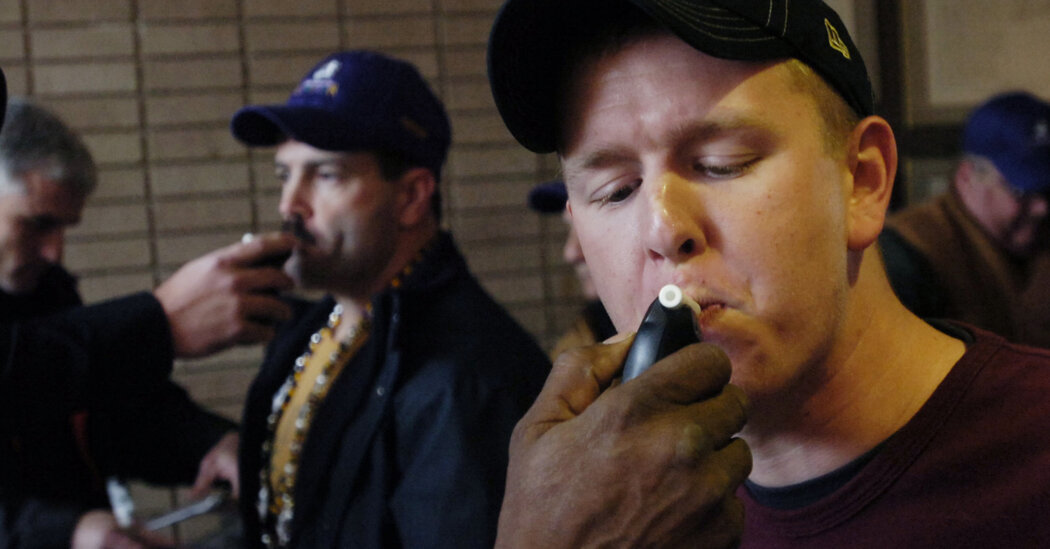Experts argue the U.S. drunk-driving limit is too high.
In late 2018, Utah lowered its drunk-driving limit from a B.A.C. (blood-alcohol content) of .08 to .05.
A year after the law was implemented, the National Highway Traffic Safety Administration found that fatal car crashes in the state had dropped by nearly 20 percent.
“Believe me, I never thought we would see a significant effect in Utah,” said James Fell, a principle research scientist who studies traffic safety at the independent research organization NORC, at the University of Chicago. The state had one of the lowest impaired driving rates in the United States to begin with, he added.
Utah is currently the only state in the country with a .05 drunk-driving limit; everywhere else, the limit remains .08. But internationally, Utah is far from alone. Australia, France, Thailand and about 50 other countries have a B.A.C. limit of .05, and in more than 30 other countries, the limit is even lower.
With U.S. drunk-driving deaths rising in recent years (about 33 percent between 2019 and 2022, according to the most recent data), several other states — including New York, Washington, Hawaii and Connecticut — are now considering similar legislation to lower the legal driving limit.
“We’re losing, on the highways these days, more than 13,000 people a year,” said Thomas Chapman, a member of the National Transportation Safety Board. “I mean, it’s just an astonishing number.” In 2022, drunk-driving accidents accounted for 32 percent of all traffic fatalities.
